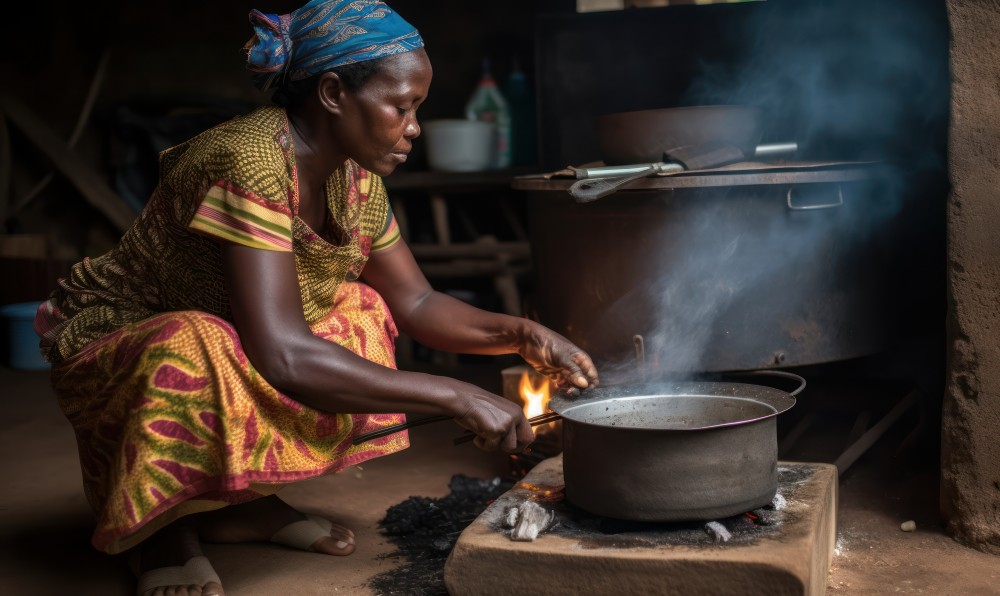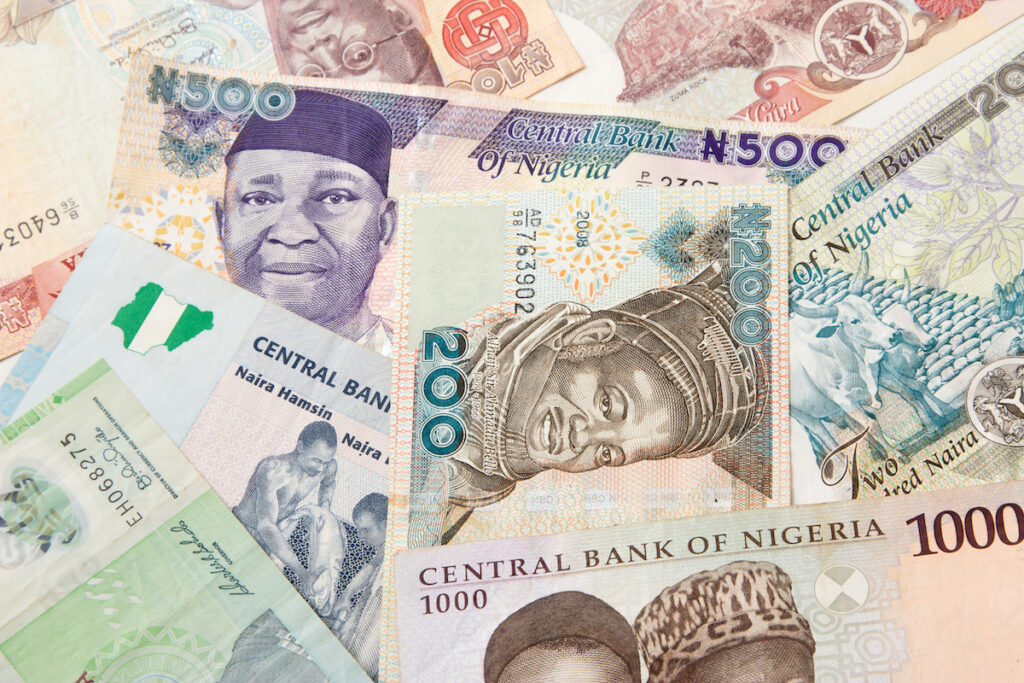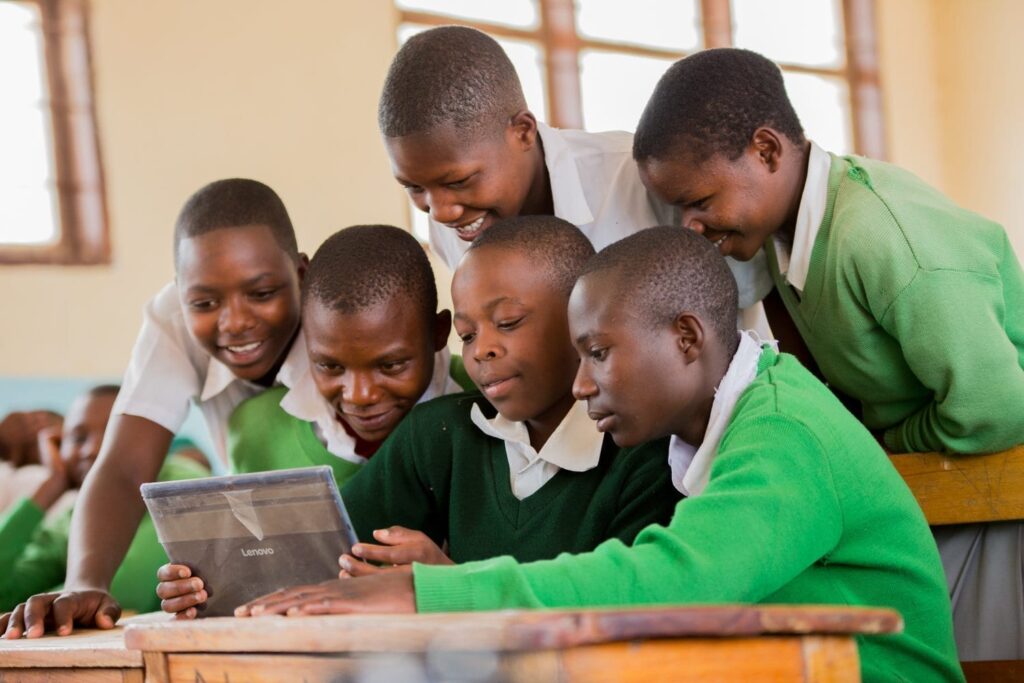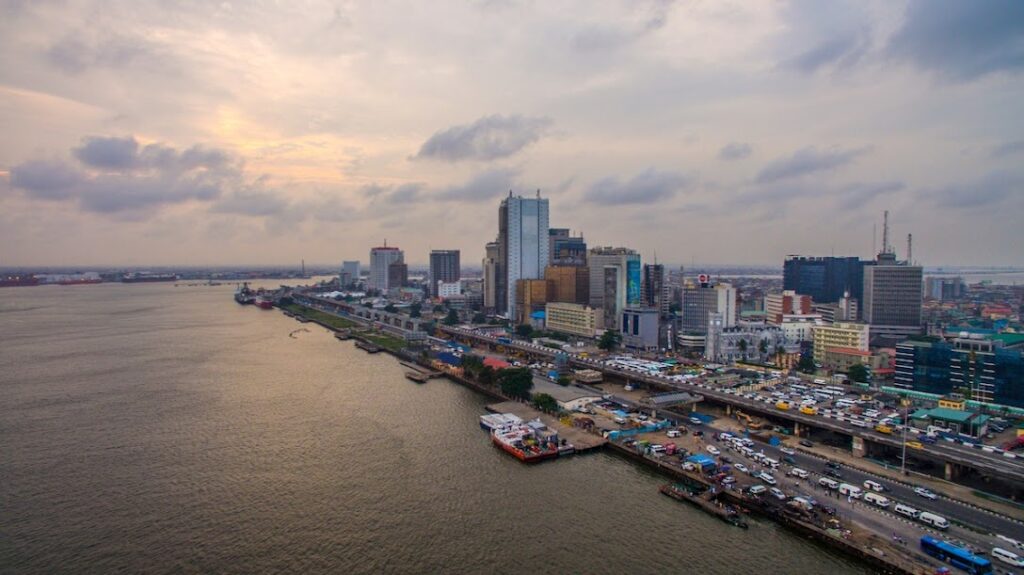Addressing Nigeria's Cooking Energy Crisis and Possible Measures for Change
Globally, around 2.4 billion people primarily use unclean cooking energy (such as wood, coal, charcoal, biomass, and agricultural residues), resulting, in an estimated 3.2 million deaths annually (World Health Organization (WHO) 2022). The “Kitchen killer”, also known as indoor pollution, has a direct effect on human health, which is devastating, particularly in Africa, where only 21 per cent of the total population primarily relies on clean cooking facilities, compared to the global average of 71 per cent. Consequently, the prevalence of diseases such as lung cancer, chronic obstructive pulmonary diseases, and other related ailments is significantly higher in the region.
According to a report by the Nigerian Alliance for Clean Cookstoves (NACC,2022), smoke-related deaths trail only Malaria and HIV/AIDS as the leading cause of mortality in Nigeria, accounting for an estimated 95,300 deaths annually, the highest rate in Africa.
Based on a World Bank report published in 2021, while considerable progress has been recorded in the past decade toward achieving affordable and clean energy, as specified in SDG 7, there has been uneven progress across regions of the world. Electricity is the cleanest form of energy from water, wind and solar. The report emphasizes that over one billion people now have access to electricity on a global scale; however, the International Energy Agency (IEA) reports that it remains inaccessible to about 770 million people, and 77 per cent of these people reside in Sub-Saharan Africa, with Nigeria, the Democratic Republic of Congo, and Ethiopia having the largest share of electricity access deficits.

Figure 1 displays the global, Sub-Saharan African, and Nigerian percentage of access to clean cooking energy from 2000 to 2021. Globally, the proportion of people with access to clean cooking energy has gradually increased, reaching 71 per cent in 2021. In sub-Saharan Africa, the access rate has also shown improvement, rising from 9 per cent in 2000 to 18 per cent in 2021. However, Nigeria has lagged behind the regional and global averages, with access to clean cooking energy starting at 0.60 per cent in 2000 and reaching 16.80 per cent in 2021.
Apart from the global unequal distribution of access to affordable and clean energy, a similar challenge persists at the country level. According to the Tracking SDG 7 data for 2020, Nigeria had an overall electricity access rate of 55 per cent, which is far below the global average rate of 91 per cent. The divide between urban and rural populations is stark, with 84 per cent of residents in urban areas having access to electricity while only 25 per cent of rural dwellers had access. As shown in Figure 2, access to clean cooking fuels is worsening. Only 15 per cent of the Nigerian population had access to clean cooking fuel, and the rate is even lower in rural areas, with just 4 per cent of the population having. In contrast, the urban population has a relatively higher rate of access, with over 30 per cent of the population using clean cooking fuels (WHO, 2023).

Figure 2 presents the share of access to clean energy in Nigeria between 2000 and 2021, categorized by rural and urban settlements. Over this period, both rural and urban areas have shown an increasing trend in accessing clean energy. The share of access in rural areas has grown from 0.20 per cent in 2000 to 4.60 per cent in 2021, while urban areas have experienced an increase from 1.40 per cent to 32.80 per cent during the same period. This can be attributed to the lack of adequate infrastructure and investment in the rural areas compared to urban settlements in Nigeria, coupled with the fact that over 70 per cent of the rural dwellers are multi-dimensionally poor, and 94 per cent of the poor and vulnerable households are faced with clean cooking fuel deficits in the country.
Efforts towards Tackling the Cooking Energy crisis in Nigeria
Over the years, concerted efforts by the government, individuals, private institutions, as well as International and local NGOs have been channelled towards achieving SDG 7 in Nigeria. Specifically, the Nigerian Government initiated the National Renewable Energy and Energy Efficiency Policy (NREEEP) in2015, which aims to provide a framework for the development of renewable energy and energy efficiency in Nigeria. This initiative sets a target of installing more than 23 gigawatts (GW) of renewable energy capacity, including substantial contributions from large hydropower projects by 2030. Also, the Building Energy Efficiency Code established in 2017 sets at least 20 energy-efficiency standards for new buildings in Nigeria.
The Sustainable Energy for All (SE4ALL) Action Agenda aims to triple generation capacity by 2030, reaching a total of 30 GW. Additionally, it targets that 30 per cent of this capacity will be sourced from renewable resources. The Nationally Determined Contributions under the framework of the Paris Agreement established in 2016 and subsequently updated in 2022, encompass a range of commitments related to agriculture, industrial waste, oil and gas, transportation, cooking, hydrofluorocarbon and more. Long-Term Low Emissions Development Strategy (LTS) introduced in 2022 plays a key role in the creation of climate-resilient and low-carbon solutions. It achieves this by analysing the socio-economic consequences of the shift and establishing the necessary framework. The current objective of the Ministry of Environment is to provide 10 million households with access to clean cookstoves by 2025. However, despite these efforts, access remains a challenge with over 90 per cent of the poor population lacking access to clean cooking fuel, and an estimated 95,300 annual deaths in Nigeria attributed to the use of unclean cooking fuel.
Another initiative the government designed to increase cooking fuel is revealed in the Nigeria Integrated Energy Plan Report released in 2022, through the Nigerian Energy Support Programme (NESP) co-founded by the European Union and the German Federal Ministry for Economic Cooperation and Development. The initiative incorporated a 4-step approach model into the Sustainable Energy for All (SEforALL) project in an attempt to expand access to clean cooking fuel and foster its commitment to the Nationally Determined Contributions as a party to the Paris Agreement. These four steps include; determining the settlements with clean cooking equipment deficits, evaluating each household’s cooking energy use or consumption, assessing the prospect for clean cooking solutions expansion in the identified settlements, and defining the required infrastructure to achieve the primary goal of increasing access.
Measures to improve access to clean cooking equipment in Nigeria
Enhancing Policy Support: The promotion of clean cooking fuel in Nigeria can be facilitated by the development and implementation of a comprehensive national strategy. This strategy should have specific targets, well defined timelines, and clearly designated roles and responsibilities for relevant stakeholders. In addition, the government should provide financial incentives and regulatory support to promote the production, distribution, and adoption of clean cooking equipment, as well as strengthen the enforcement of existing regulations related to energy efficiency and emissions standards for cooking fuel. These would help the process of achieving the global goal of access to clean and affordable energy by 2030.
Investment in Infrastructure: Through Public-Private Partnerships, the government can also improve access to clean cooking energy by investing in infrastructure development through joint efforts or collaborations with the private sector and non-governmental organizations. This includes expanding the distribution network for liquefied petroleum gas (LPG), increasing the number of refilling stations, particularly in rural areas and building storage facilities for clean cooking fuels. Moreover, investing in renewable energy sources such as solar power can provide sustainable and clean energy for cooking. By collaborating with local governments and communities to identify suitable locations for clean energy centres and establish them as hubs for accessing and promoting clean cooking solutions, all of these objectives can be met.
Capacity Building and Training: Provide training programs and capacity-building initiatives for stove manufacturers, distributors, and end-users. This will enhance skills in the production, maintenance and proper use of clean cooking technologies. Training can also focus on behaviour change campaigns to increase comprehensive public awareness about clean cooking practices, health, and environmental benefits.
Lastly, given the disparities between the rural and urban settlements, priority can be given to rural communities and vulnerable populations. The government and humanitarian organizations can also implement targeted initiatives to address the specific needs of rural communities, such as providing financial support, technical assistance, and capacity-building programs, with a focus on reaching vulnerable populations, such as low-income households, women, and marginalized groups, by ensuring affordability, accessibility, and inclusivity in clean cooking interventions.
Implementing these strategies in a coordinated and comprehensive manner can accelerate the transition to clean cooking energy in Nigeria, improve health outcomes, reduce environmental pollution, and enhance energy access for the population.


 English
English
 Arab
Arab
 Deutsch
Deutsch
 Português
Português
 China
China




